
what you mistake for relaxation and why it doesn’t work
many of us confuse genuine recovery with temporary distraction — and that difference matters more than you might think
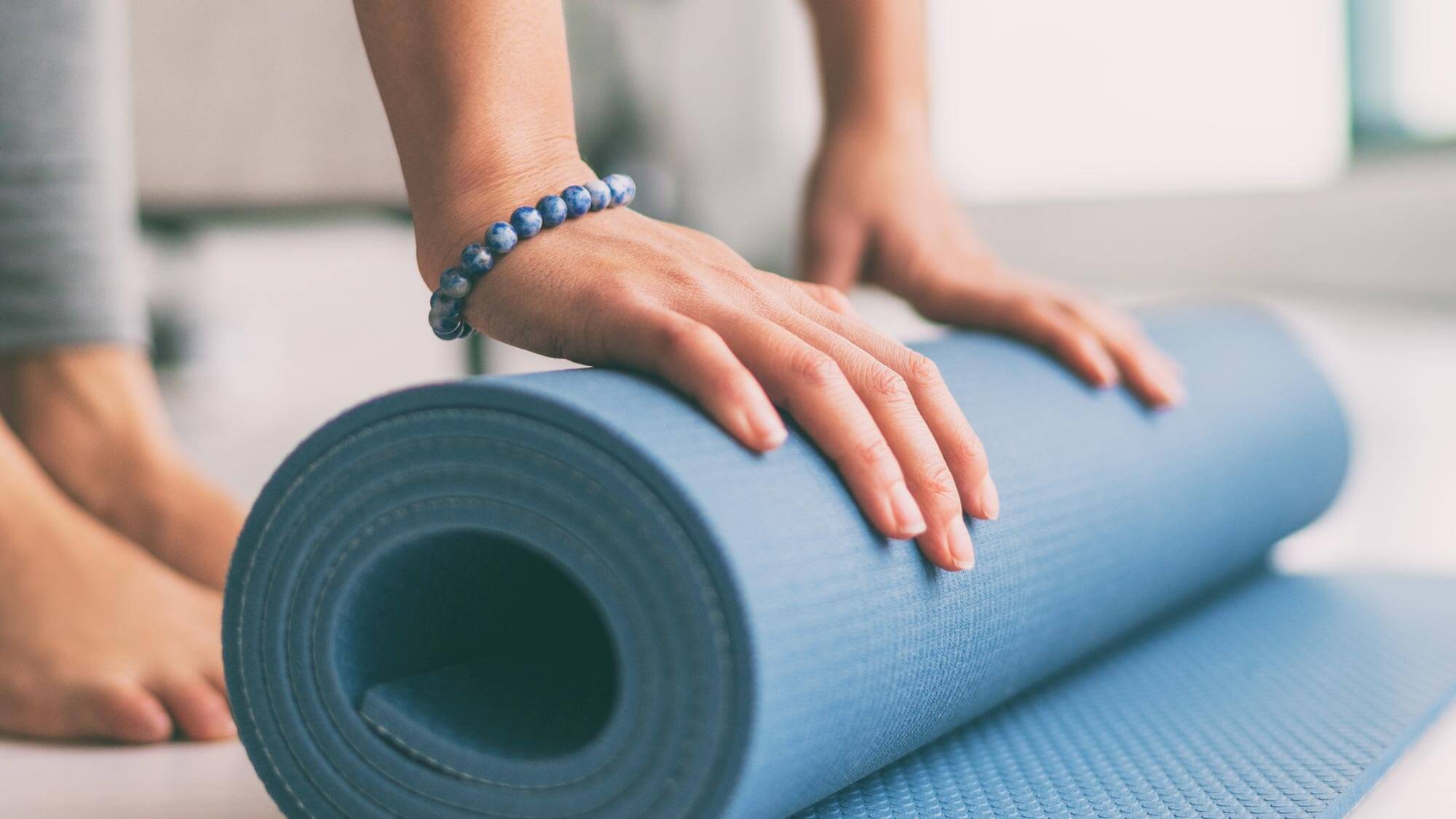
which one should I choose? and why do prices vary so wildly?
after all, a mat can be bought for just £15 or for £150 or even more.
selecting the right one for you can seem daunting.
this guide should help make things a bit easier 🙏
❗️choosing a mat should start with answering the questions:
“why do I need a mat? and what main need of mine will it satisfy?”
the answer to these questions will highlight the main qualities you need to find in a mat.
for example:
✅ “i travel a lot, i would like a lightweight mat to travel with me.”
✅ or “i just want a mat at home so I can lie on it and stretch.”
✅ or “i practice hard. i sweat a lot; it’s important that the mat does not slip.”
✅ or “i want it to be beautiful, with patterns, and to match my leggings.”
✅ or “i have sensitive knees; i want the mat to be soft and thick.”
etc, etc.
✅ length. (The length of the mats varies).
✅ mat thickness. They can be medium, thick and thin.
✅ material. rubber, foam, cotton, cork etc.
thick mats are often suitable for people with sensitive knees.
medium-thick mats are, unsurprisingly, the most popular.
if you are traveling, the best solution would be a thin and light mat (they are called “travel” mats)
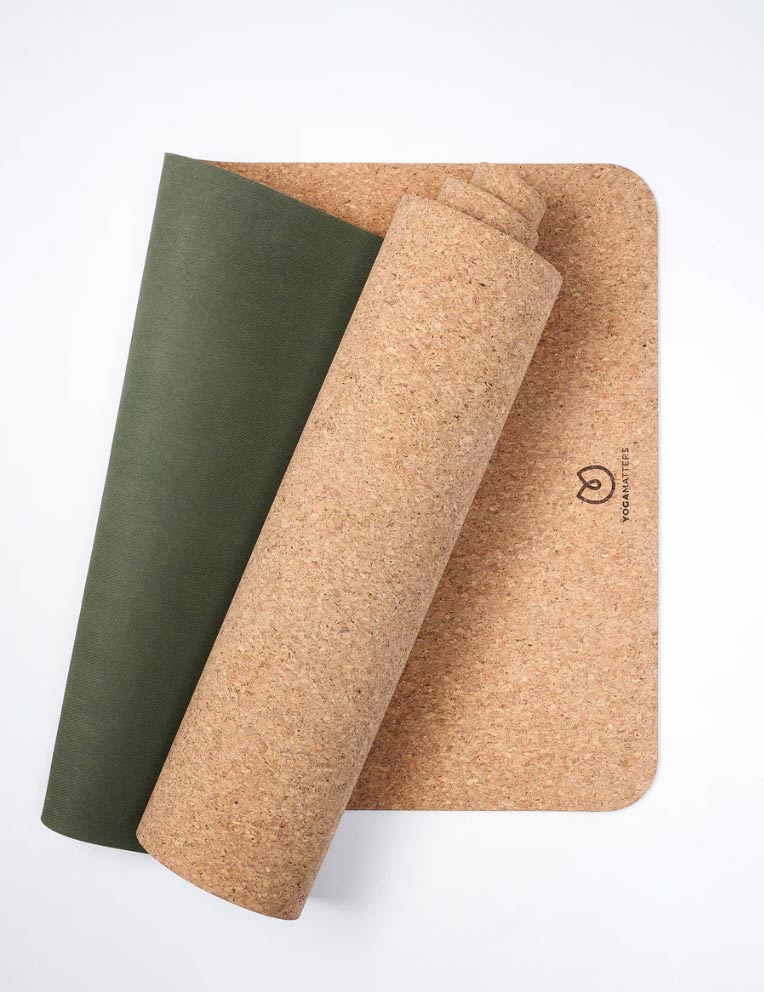
one modern and “eco” option are cork mats.
check out these beautiful cork and rubber mats from yogamatters
keep reading to the end to find out what my husband uses, as it’s a great option for a low cost cork mat
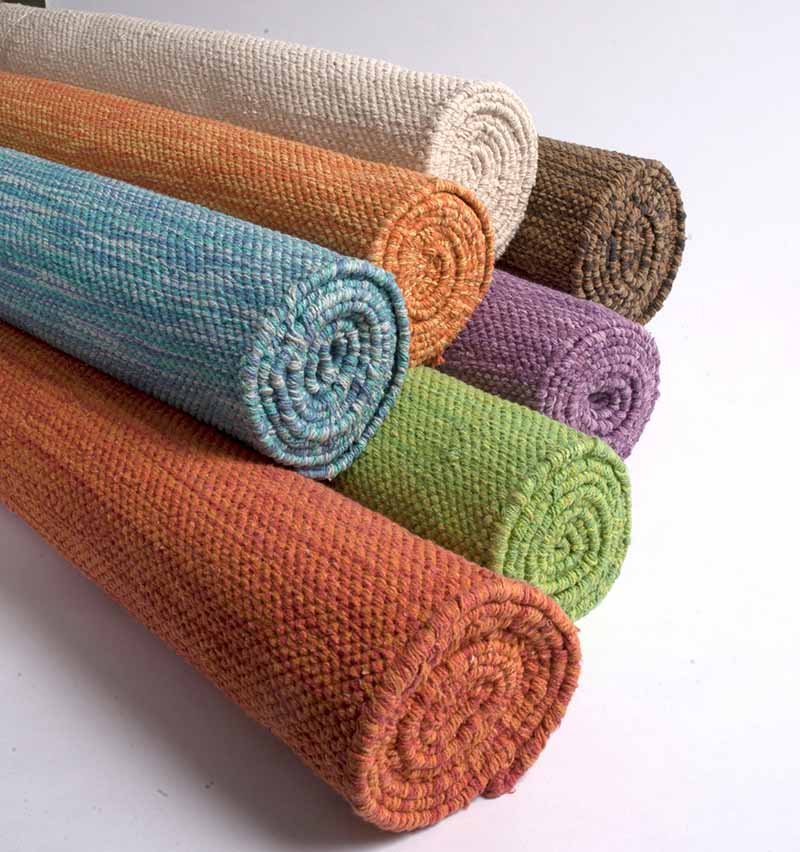
cotton mats can be a good solution for those really wanting to strip right back to basics and be ultra eco-friendly.
these totally recyclable and biodegradable cotton matts are thin woven rugs, available in a wide range of colours and designs.
one of the main drawbacks is their lack of natural rigidity and grip, causing them to lose shape and position under your feet when moving between poses. this, of course, can be hazardous.
i would only really consider a cotton mat for sedentary practice or meditation and mindfulness.
on the plus side, they are easy to wash, just chuck them in the washing machine and they are light and easy to roll or fold for travelling. having said that, a proper rubber travel mat is king in this department.
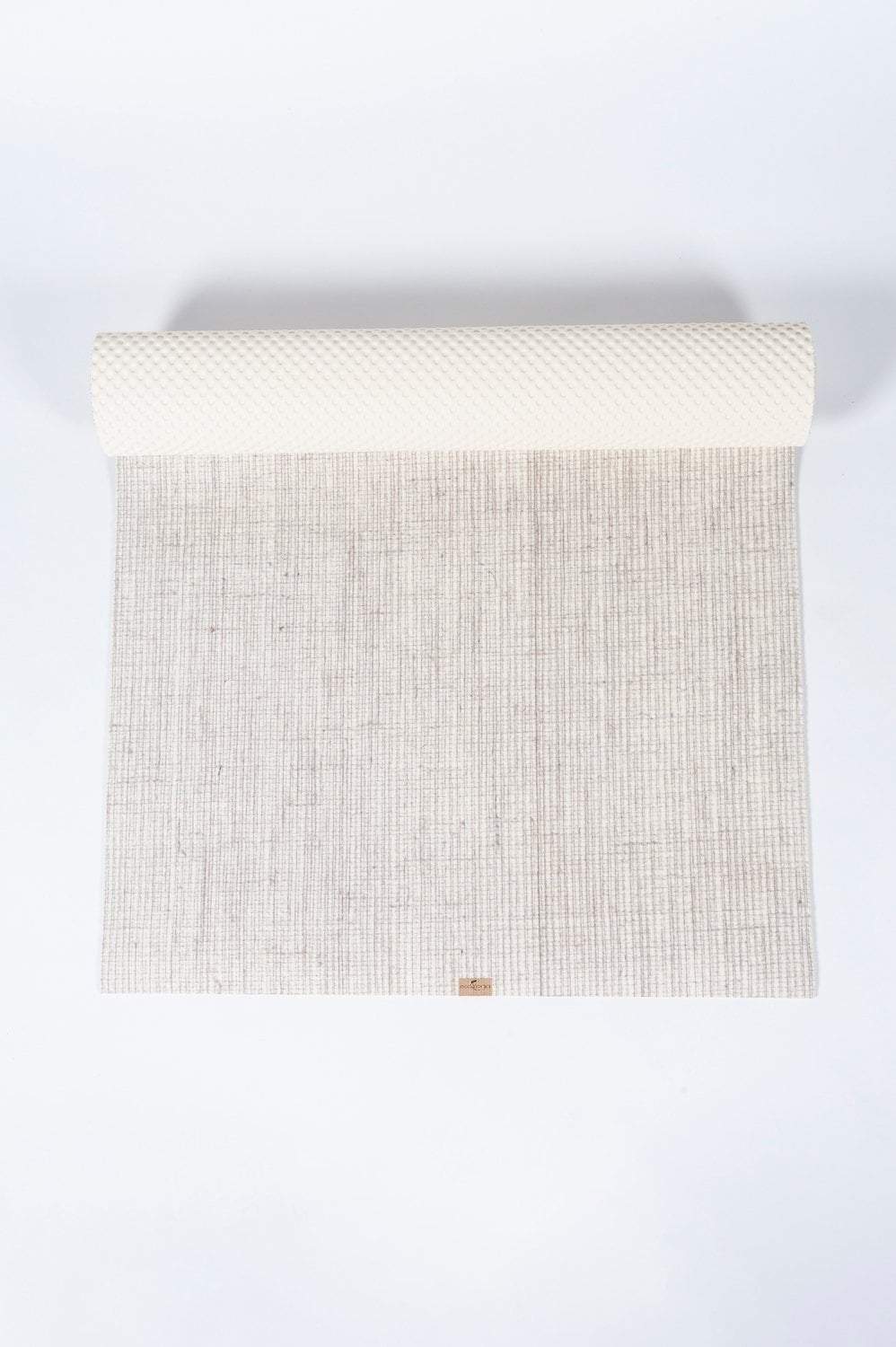
jute mats combine a rubber base layer with a hessian top layer providing that natural, textured, “cotton-like” feel but with the improved rigidity and grip of a rubber mat.
if being eco-friendly is important to you, check out these jute mats from ecotex yoga
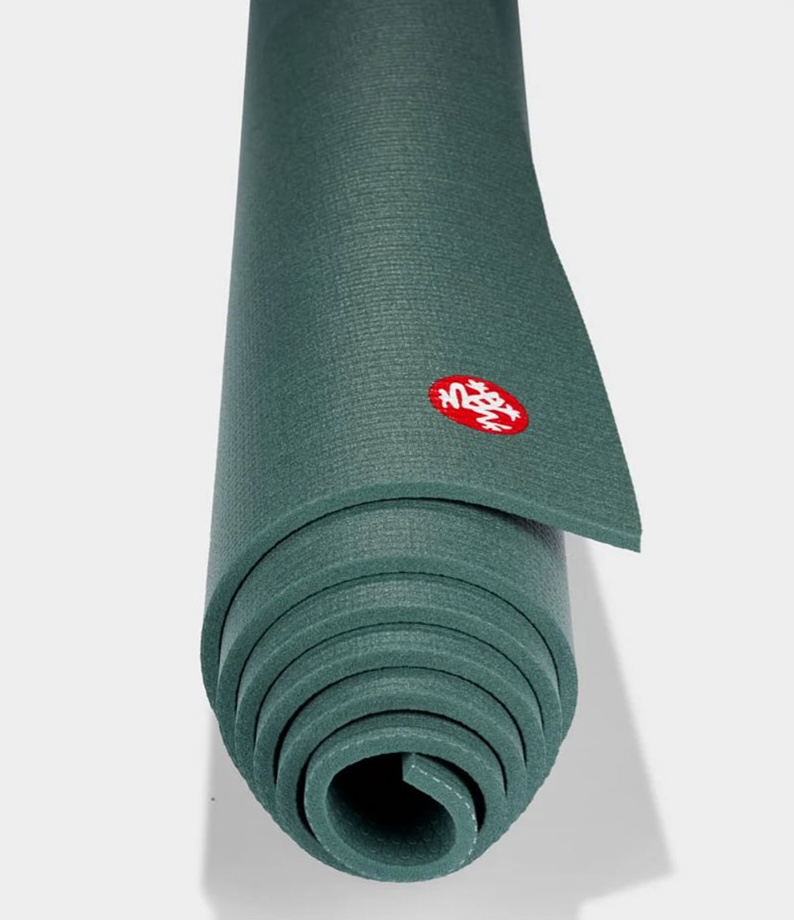
rubber tends to be the choice of pros and longterm yoga practitioners.
you might think that rubber is not very eco friendly but many brands now supply mats made from 100% recycled rubber and often 100% natural rubber from sustainable sources.
most rubber mats provide a lifetime of usage when cared for correctly.
i personally prefer a textured surface, a slightly ribbed one, because smooth surfaces tend to be slippy and I lose grip during active practice. I also don’t really like the contact of smooth rubber with my palms.
another point to be aware of is that if you put a headstander or heavy equipment, like the one used in critical alignment yoga method, on a smooth and soft mat, then some indentation marks may remain on it, especially if it is left for a long period of time. these indentations tend to disappear after some time but it is worth being aware of.
i personally have been using a rubber travel mat from the Jade brand for many years. i really love Jade mats, the texture and quality just feel right to me and i feel a sense of confidence in my practice when using them.
my husband prefers eco options, and now practices on a cork mat from decathalon costing just £29.99 and he loves it. he also has a recycled rubber travel mat from Manduka which he uses for more intense yoga sessions and for when we travel.
many yoga studios use Manduka mats, pricing can range from £50-150.
it’s well worth checking German brand, Bodhi, they have a nice range.
choosing a mat is very personal but the most important step is to quickly answer the following key questions before making your purchase:
checkout the links throughout the text above to find your perfect yoga mat
i do not have any affiliation or partnership with any products, companies or suppliers recommended in this post and do not profit from the promotion or sharing of this information.

many of us confuse genuine recovery with temporary distraction — and that difference matters more than you might think

psychologists and neuroscientists have long confirmed that muscle tension reflects your emotions.

Why do we age differently?
Is it all in our genes? Or is lifestyle more important?
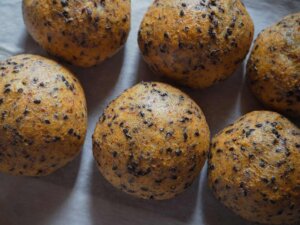
a delicious alternative to bread. gluten free and full of fibre. perfect for weight management
enjoy exclusive health tips, recipes, offers and more